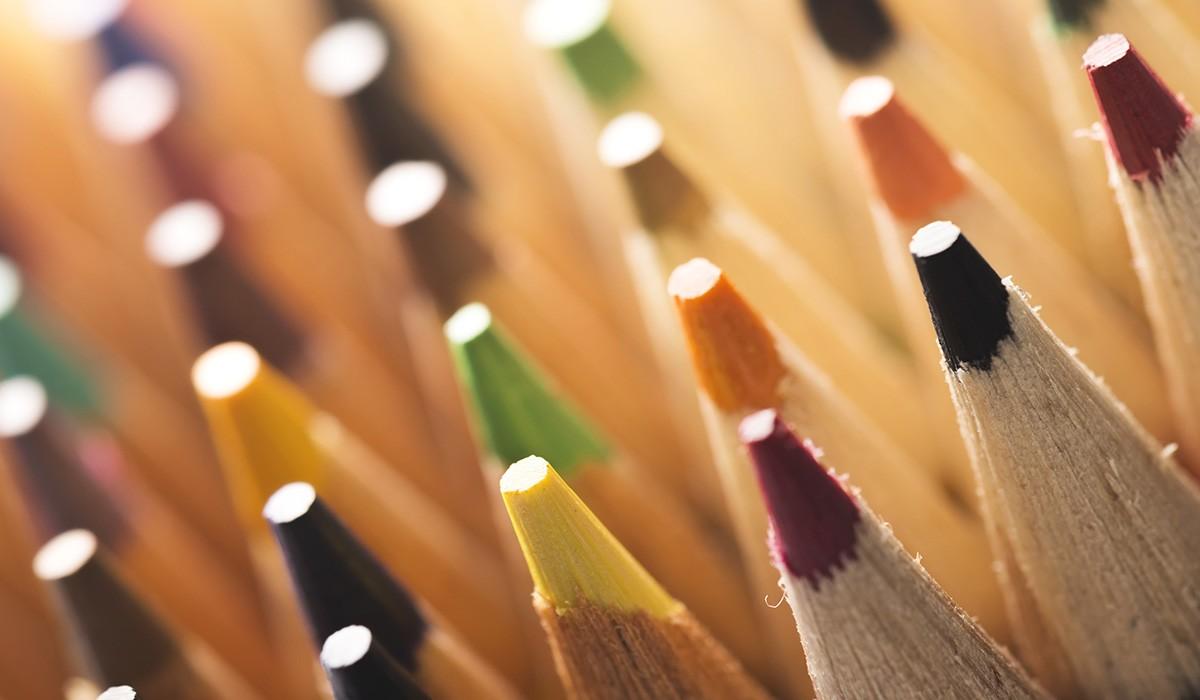

wooden planter boxes
panelprestigeoutdoors37
The Best Wood for Long-Lasting Wooden Outdoor Planters
Wooden outdoor planters add a natural and elegant touch to gardens, patios, and landscapes. Choosing the right type of wood is crucial for durability, weather resistance, and overall aesthetics. In this guide, we’ll explore the best types of wood for wooden outdoor planters and how to ensure they last for years.
Why Choosing the Right Wood Matters
Selecting high-quality wood for wooden outdoor planters is essential to prevent rot, insect damage, and warping due to changing weather conditions. The right wood enhances the beauty of the planters while ensuring they remain sturdy and reliable for long-term use.
Best Types of Wood for Wooden Outdoor Planters
- Cedar
Cedar is a top choice for wooden outdoor planters due to its natural resistance to moisture, insects, and decay. It has a pleasant aroma and weathers beautifully to a silver-gray patina over time. Western Red Cedar is particularly favored for its durability. - Redwood
Redwood is another excellent option for wooden outdoor planters because of its high resistance to rot and decay. It contains natural oils that repel insects and moisture, making it a long-lasting material for planters exposed to the elements. - Teak
Known for its premium quality, teak is one of the most durable woods for wooden outdoor planters. Its high oil content makes it resistant to water damage and fungal growth. Although more expensive than other options, teak offers unparalleled longevity. - Cypress
Cypress is a fantastic choice for wooden outdoor planters due to its natural resistance to decay and insects. It is lightweight yet sturdy, making it an ideal material for both large and small planters. - Acacia
Acacia wood is dense and highly durable, making it a great option for wooden outdoor planters. It has a rich color and natural oils that provide protection against moisture and pests.
How to Protect Wooden Outdoor Planters
To maximize the lifespan of wooden outdoor planters, consider the following protective measures:
- Use a protective sealant: Applying a high-quality wood sealant or outdoor wood preservative can prevent moisture absorption and prolong the life of wooden outdoor planters.
- Elevate the planters: Keeping planters slightly off the ground allows better drainage and prevents prolonged exposure to damp surfaces.
- Apply linings: Adding a plastic or metal lining inside wooden outdoor planters helps reduce direct soil contact and minimizes wood decay.
- Regular maintenance: Periodically cleaning and reapplying protective coatings will keep wooden outdoor planters in excellent condition.
Benefits of Wooden Outdoor Planters
Using wooden outdoor planters offers several advantages over other materials like plastic or metal:
- Aesthetic appeal: Wood has a natural charm that complements various outdoor settings.
- Environmental sustainability: Many types of wood used for wooden outdoor planters come from renewable sources.
- Customizable designs: Wood is easy to shape and customize to match specific garden themes.
- Breathability for plants: Unlike plastic, wooden outdoor planters allow better air circulation, promoting healthier root growth.
Conclusion
Investing in high-quality wooden outdoor planters enhances the beauty and functionality of any garden space. Choosing the right wood, such as cedar, redwood, teak, cypress, or acacia, ensures durability and long-term use. Proper maintenance, including sealing, elevating, and lining, will further extend the life of your wooden outdoor planters. With the right wood selection and care, you can enjoy stylish and long-lasting wooden outdoor planters that elevate your outdoor space for years to come.